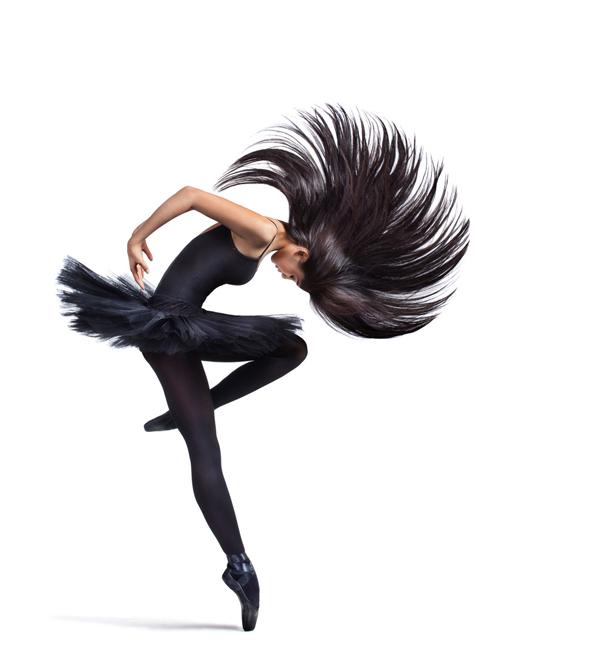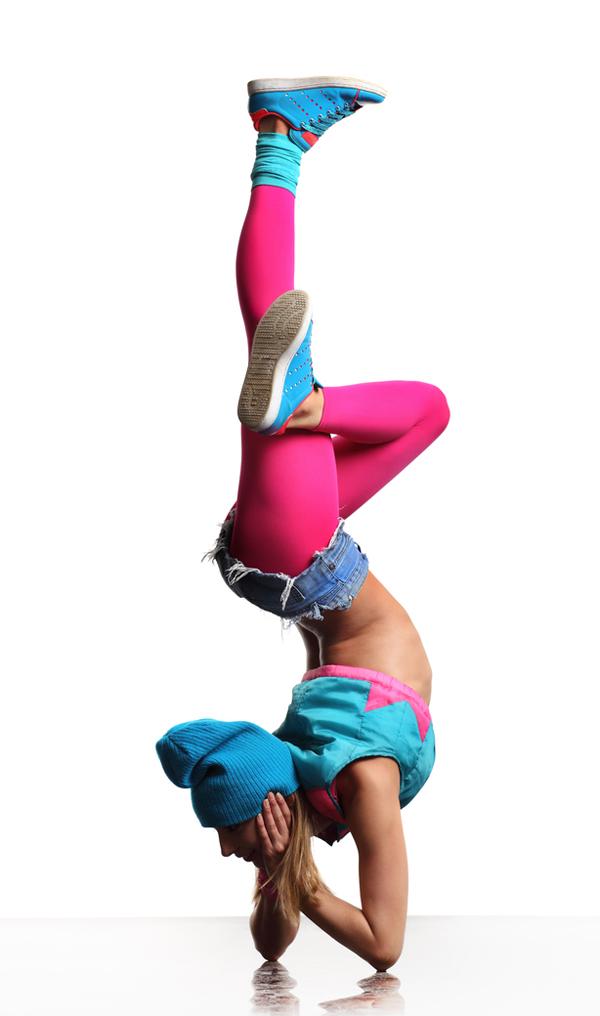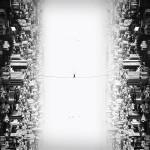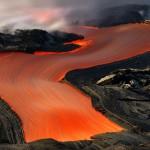Dance photography is a fascinating area of photography. It requires both the skills of capturing movement and the artistry of composing a visually stunning image. With the increasing popularity of dance as a form of expression, the demand for stunning dance photographs has grown tremendously in recent years. Whether you are a professional photographer or a photography enthusiast, this guide will provide you with everything you need to know to capture stunning emotion photographs.
Understanding the Essential Of Dance Photography
Dance is a unique art form that blends movement, grace, and emotion to create a stunning visual display. Dance photography, therefore, is all about capturing the essence of this art form in a single shot. A well-captured dance photograph can convey the energy, emotion, and story behind a particular dance performance.

The essential of dance photography lies in its ability to capture the beauty of the art form and turn it into a timeless memory. Whether it’s a professional dance performance on stage or a casual dance session with friends, dance photography allows us to freeze the moment and relive it for years to come.
The Challenges
Dance photography can be challenging, mainly due to the fast-paced, unpredictable nature of dance. The photographer needs to be able to capture the movement and emotion of the dancers in a single shot, which can be difficult when the dancers are moving so quickly and unpredictably.
In addition to the challenge of capturing movement, it also requires an understanding of lighting, composition, and framing. With multiple dancers moving around in a limited space, the photographer needs to be able to skillfully frame the shot to capture the essence of the performance.
The Techniques Of Dance Photography
- Use a fast shutter speed: When capturing dance photography, a fast shutter speed is essential. This helps to freeze the movement of the dancers and avoid any blurriness in the image. A shutter speed of at least 1/500th of a second is recommended.
- Understand lighting: Good lighting is essential for capturing stunning dance photographs. Ideally, natural lighting is preferred, but if shooting indoors, ensure that the lighting is bright enough to capture the movement effectively.
- Capture the emotion: In dance photography, capturing the emotion of the dancers is just as important as capturing the movement. Paying attention to the facial expressions and body language of the dancers can help add depth and meaning to the photograph.
- Use Props to Enhance Emotion: Props can also be used creatively to enhance the emotion in dance photography. Props such as handheld mirrors, scarfs, or smoke bombs can add a sense of drama and romance to photographs. The use of smoke bombs, for example, can create a sense of mystery and intrigue in a dance photograph, allowing the viewer’s imagination to run wild.
- Experiment with angles: Don’t be afraid to experiment with different angles when capturing dance photography. Shooting from a low or a high angle can add depth and drama to the photograph.
The Gear Required For Dance Photography
The gear required depends on the photographer’s level of experience and the type of dance performance being captured. However, there are some essential pieces of equipment that every dance photographer should have. These include:
- A fast lens: A fast lens, such as a 50mm f/1.8, can help to capture sharp images in low light conditions.
- A sturdy tripod: A sturdy tripod can help to stabilize the camera and prevent any blur in the image.
- A camera with fast autofocus: Fast autofocus is essential for capturing sharp images of moving dancers.
- A wide-angle lens: A wide-angle lens can help to capture the entire dance performance and add depth to the photograph.
Shooting Different Styles of Dance photography
Ballet
Ballet is a classic dance style that is characterized by grace and precision. It is a beautiful art form that has been around for centuries. To capture ballet, it is important to understand the movements and poses. The dancers are often in motion, so it is important to use a fast shutter speed to freeze the action. Additionally, the lighting is crucial in ballet photography. It is best to use soft lighting that compliments the dancer’s form. Avoid harsh shadows and bright lights that may overwhelm the subject.
Tips for Shooting Ballet
- Use a fast shutter speed to freeze the action
- Soft lighting is ideal for ballet photography
- Take advantage of the beautiful costumes and capture the details
Contemporary Dance
Contemporary dance is a modern dance style that combines elements of ballet and other forms of dance. It is characterized by fluid movements and a lack of strict rules. To capture contemporary dance, it is important to understand the emotions behind the movements. The dancers are often in motion, so it is important to use a fast shutter speed to freeze the action. Additionally, the lighting should be soft and subtle to create a mood that reflects the emotions of the dance.
Tips for Shooting Contemporary Dance
- Use a fast shutter speed to capture the fluid movements
- Soft lighting can help to create a moody atmosphere
- Be conscious of the emotions behind the dance and try to capture them
Hip Hop
Hip Hop is a popular dance style that originated in the Bronx in the 1970s. It is characterized by its high energy and intricate movements. To capture the essence of Hip Hop, it is important to use a fast shutter speed to freeze the action. Additionally, the lighting should be bright and bold to match the energy of the dance. It is also important to capture the attitude of the dancers and the style of the dance.
Tips for Shooting Hip Hop
- Use a fast shutter speed to capture the action
- Bright and bold lighting can help to match the energy of the dance
- Capture the attitude and style of the dancers
Breakdancing
Breakdancing is a form of street dance that originated in the Bronx in the 1970s. It is characterized by its acrobatic movements and freestyle nature. To capture the essence of breakdancing, it is important to use a fast shutter speed to freeze the action. Additionally, the lighting should be bright and bold to match the energy of the dance. It is also important to capture the freestyle nature of the dance and the individual style of the dancers.
Tips for Shooting Breakdancing
- Use a fast shutter speed to capture the acrobatic movements
- Bright and bold lighting can help to match the energy of the dance
- Capture the individual style of the dancers
Showcase of stunning dance photographs
From ballet to hip hop, dance photography has the ability to capture the essence and beauty of this art form in a single image. In this showcase, we have curated 10 stunning dance photographs that showcase the grace, power, and emotion of dance. Each image tells a unique story and captures a moment in time that is both beautiful and fleeting. So, sit back, relax, and allow yourself to be transported into the world of dance through these breathtaking photographs.
Ballet Photography by Vihao Pham

Dancing Photography by Alexander Yakovlev



In Conclusion
Dance photography is an exciting and challenging area of photography that requires both skill and artistry. With the right techniques and equipment, capturing stunning dance photographs can be a rewarding experience. Remember to pay attention to lighting, composition, and emotion, and don’t be afraid to experiment with different angles and techniques. With a little practice and patience, you’ll be capturing stunning dance photographs in no time.


